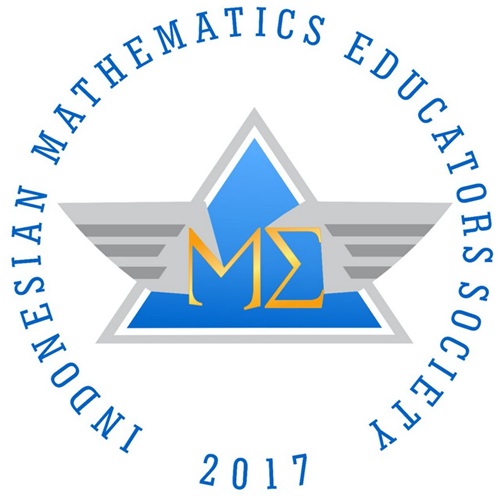Eksperimentasi Model Sinektik Terhadap Kemampuan Pemecahan Masalah Matematis dan Self Efficacy Siswa
DOI:
https://doi.org/10.22437/edumatica.v7i02.4106Abstract
The purpose of this study to describe the problem solving and self-efficacy mathematical students with prior knowledge of high, medium, low, and overall use sinektik learning better than conventional learning, interaction between learning model with early ability in influencing the mathematical problem solving ability and self-efficacy. mathematical Experimental quantitative approach to design treatment by block (2x3). The sample is determined by simple random sampling technique. The instrument uses the questions and statements. Hypothesis testing using indepenpedent sample t-test,test Mann Whitney and two-way ANOVA. The findings of this study indicate: the ability of solving mathematical students use learning model sinektik overall and the ability of high start better than conventional learning, problem-solving ability mathematical students with prior knowledge medium and low using model sinektik no better than conventional learning, there is no interaction among early learning model with the ability to affect the ability of mathematical problem solving, self-efficacy of students' mathematical overall, high and low initial capability using sinektik learning model is no better than conventional learning, self-efficacy mathematical students with prior knowledge currently using sinektik learning model is better than conventional learning, and there is interaction between learning model with early ability in influencing self-efficacy. students' mathematical
Downloads
Downloads
Published
Versions
- 2017-11-27 (1)
- 2017-11-27 (1)







